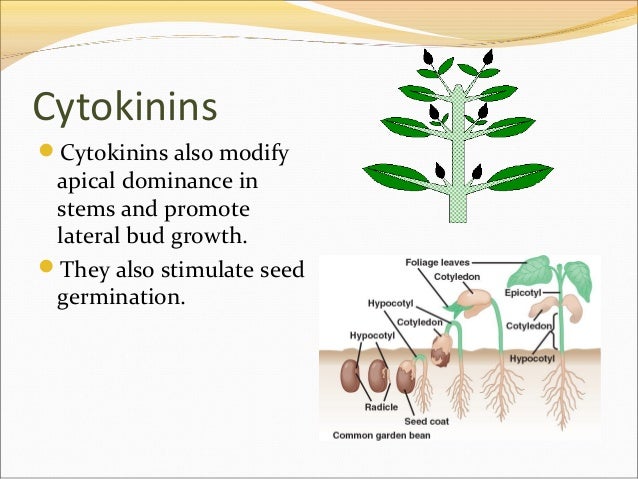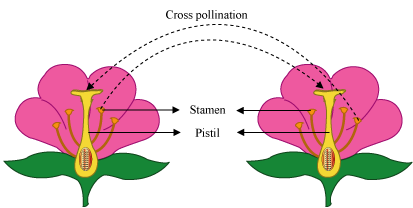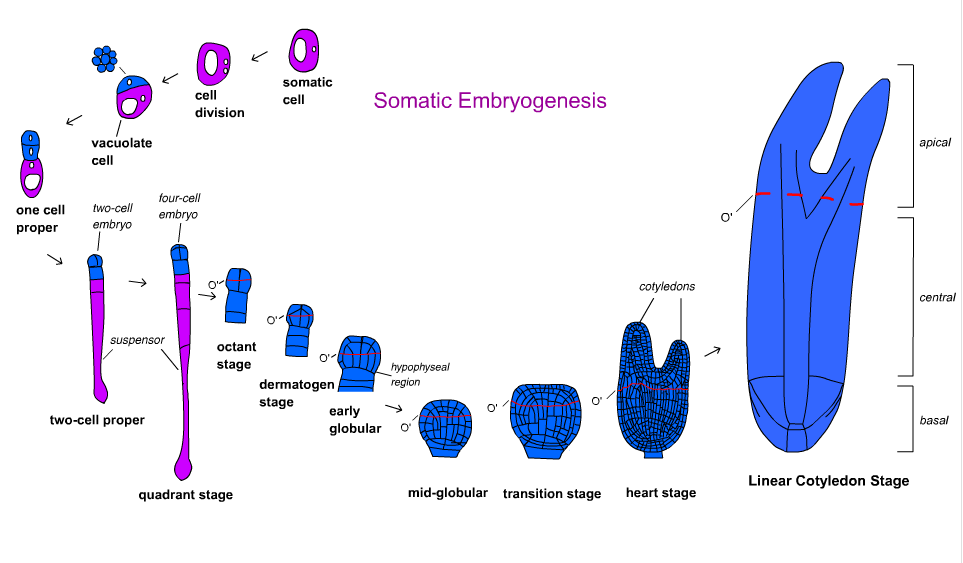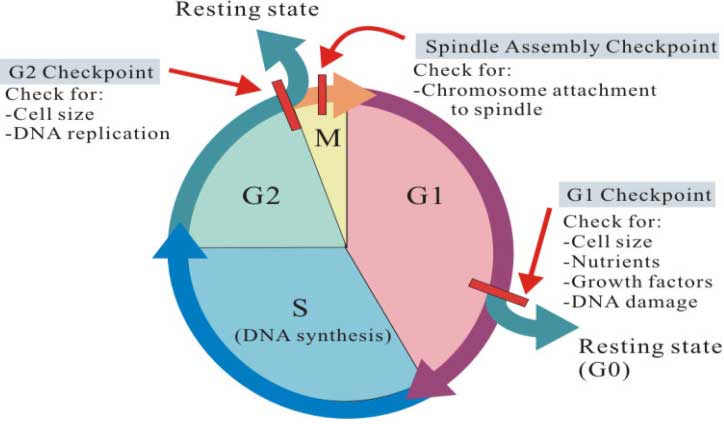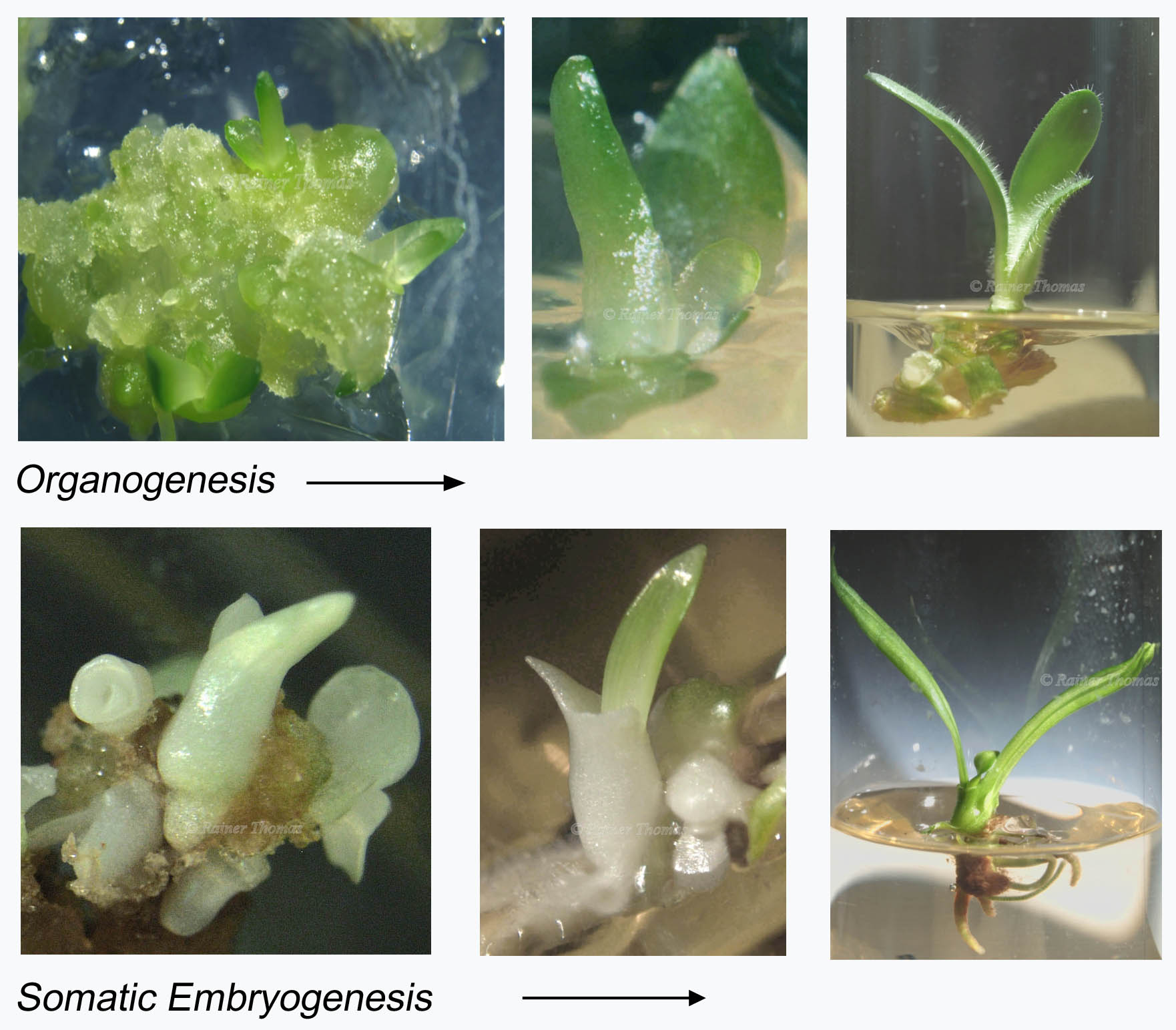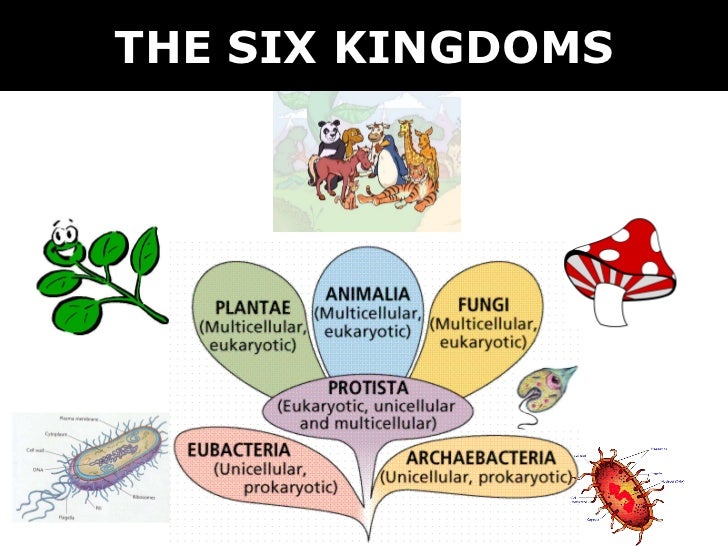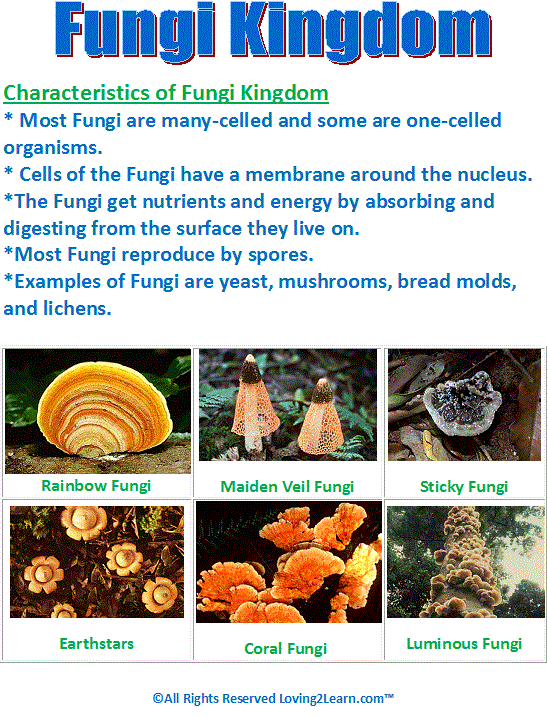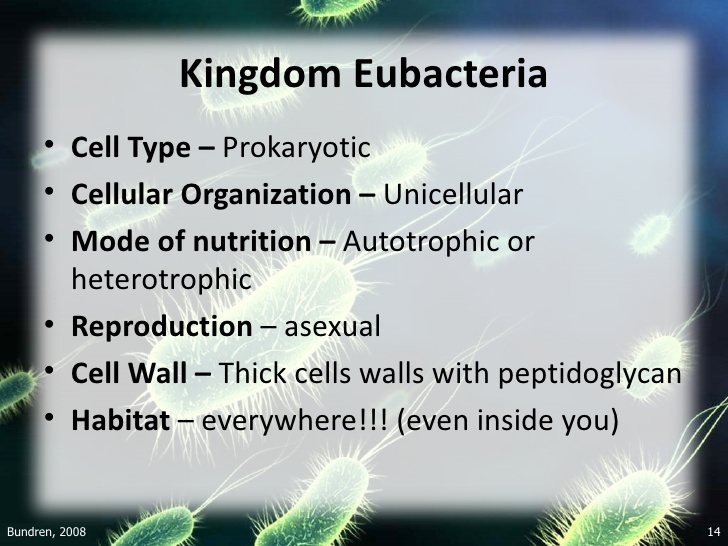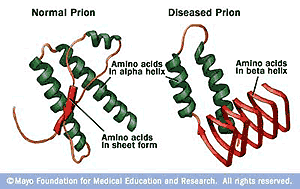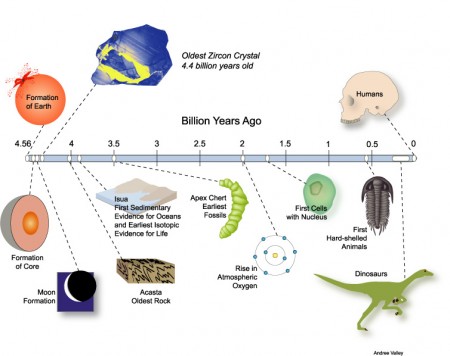WEEK 3
HAI EVERYONE... As you can see at the title i known that this week i have learn 6 topic for my third week. ARGHHHH!!!! It so many right . But actually all of the topic is just short topic.
Ok without wasting time i start with the first one which is history of life part 2. In earth all living things are classified by characteristics into six kingdoms of life.
As you cab see from the picture the six kingdoms are archeabacteria, eubacteria, protista, fungi, plantae and animalia. Archeabacteria also known as archae and eubacteria also known as true bacteria are unicellular and prokaryotic meanwhile the other four are eukaryote.
I want to ask you all, do you known what is Taxonomy? Taxonomy is the science of biological classification-identification, nomenclature (naming the organisms) and making into system. Also do you known what is the important of classification? classification system help us to clarify relationship among organisms, help us remember organisms and their trait and also enable us to communicate clearly the identity of organisms being studied.
 Caralus Linnaeus
Caralus Linnaeus was the first to develop and publish the first comprehensive and consistent classification system for both animal and plant. He emphasized morphological characteristic as the basis for arranging the specimen in a collection. each species is given a unique scientific name. Each unique name is a binomial (Genus + species). For example
Homo sapien. Homo is genus and always capitalized.
sapien is species and do not need to capitalized. Both name must be underline or written in italics.
Linnaeus was arranged species in an ascending series of inclusive categories or taxa.
the end for history of life part 2. it look easy right but when my lecture give quiz for us about history of life to answer it, i found it really difficult. i take so long time to answer it and when we discuss the answer, i got so many wrong. i must study more about this chapter.
For the cell theory prokaryotes i study about the scientist who discover cell. Robert Hook who the first discovered cell while looking through a slice of cork. Anton Van Leeuwenhoek used his hand made microscope to view samples from a pond and discovered single cell organisms. Matthias Jakob Schleiden and Theodore Schwan say all living thing are made up of cell. the cell is the basic unit of life in all living things. Rudolph Carl Virchow say new cells arise from the pre-existing cells (cell division). Lastly Louis Pasteur prove that spontaneous generations does not occur. Then lecture we sit in group and do the venn diagram that illustrates the similarities and differences between eubacteria and archeabacteria.
this one is we discuss with lecture
this one what we do/write. all sources from google. hahaha..
Viruses
then we study about viruses. virus is very tiny. we cannot see virus through light microscope. we must use more advance microscope to see virus. virus is no membranes, cytoplasm, ribosome or other cellular compenents. they cannot grow or move. virus move through ride dust and the dust be carried by wind. virus can only reproduce inside a host cell such as animal and bacteria (intracellular parasites). virus has two major part which is DNA and RNA. the nuclei acid is surrounded by a protective protein coat called capsid. Some of them also surrounded by envelope (made of lipid and protein)
virus has two way to reproduce. First Lytic Cycle. lytic cycle will harm the host cell because the virus vill kill the host cell. Second is Lysogeny Cycle that do not harm the host cell because the virus do not kill the host cell.
Viroid
Now we continue with Viroid. Scientist found the viroid when they were trying to figure out why potatoes sometimes grew in weird shape.
Viroids is small circular RNA molecules without a protein coat. Viroids infect plants and viroid induced disease lead to dramatic economic losses in agriculture and horticulture worldwide.
Prions
A prion is an infectious agent composed entirely of protein material, called PrP (short for prion protein), that can fold in multiple, structurally distinct ways, at least one of which is transmissible to other prion proteins, leading to disease that is similar to viral infection.
Prion diseases, also known as transmissible spongiform encephalopathies (TSE's) are a group of progressive neurodegenerative conditions. These illnesses exist in both animals and humans. Scrapie, a disease affecting sheep and goats, was the first prion disease to be identified in the 1730s.
Endosymbiosis
on Thursday we study about endosymbiosis. Before we do group activity first. For group activity we must do venn Diagram that illustrates the similarities and differences between mitochondria and chloroplast.

Then after the activity we study about endosymbiosis. From my understanding endosymbiosis is the process that form mitochondria and chloroplast. Endosymbiosis occur when cyanobacteria ate pathogen, the cyanobacteria form membrane around the pathogen and after a long time it become mitochondria and chloroplast inside the cells. Because of that mitochondria and chloroplast have two plasma membranes and alergic to antibiotic. Until now no one known the pathogen that was eaten by the cyanobacteria is not parsed.
So many already i write for this week. But i still want to say that chapter this week is the most interesting. i got many new knowledge. ok bye2 everyone until we meet again on my next chapter.. GOOD NIGHT...






